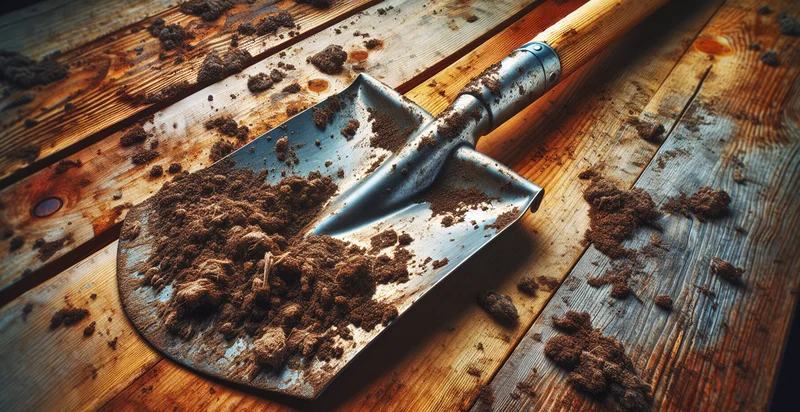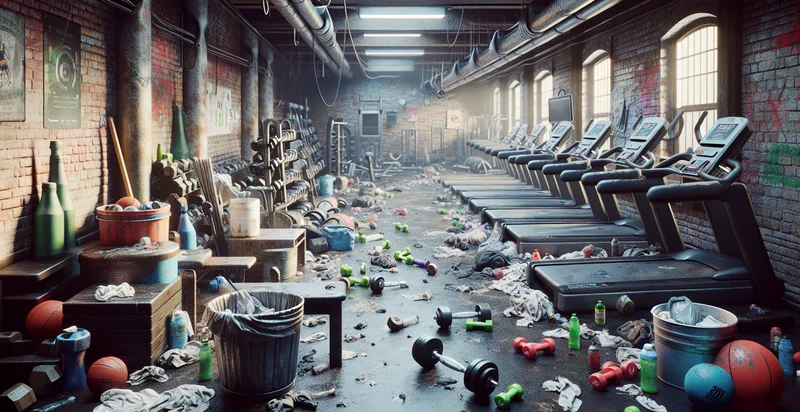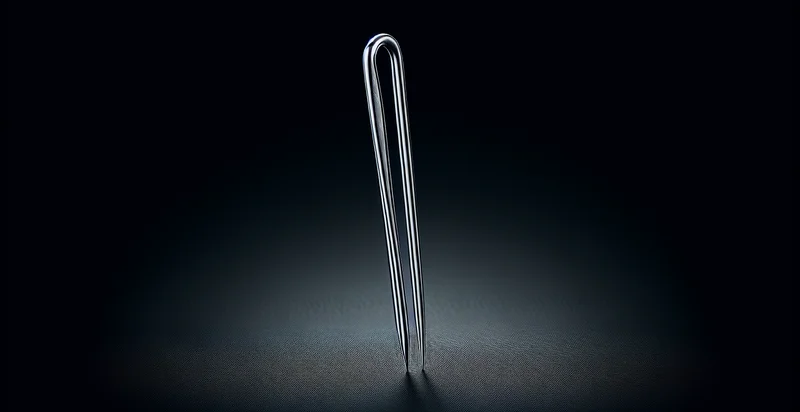Identify if an object is dirty
using AI
Below is a free classifier to identify if an object is dirty. Just upload your image, and our AI will predict if an object is dirty - in just seconds.

Contact us for API access
Or, use Nyckel to build highly-accurate custom classifiers in just minutes. No PhD required.
Get started
import nyckel
credentials = nyckel.Credentials("YOUR_CLIENT_ID", "YOUR_CLIENT_SECRET")
nyckel.invoke("if-an-object-is-dirty", "your_image_url", credentials)
fetch('https://www.nyckel.com/v1/functions/if-an-object-is-dirty/invoke', {
method: 'POST',
headers: {
'Authorization': 'Bearer ' + 'YOUR_BEARER_TOKEN',
'Content-Type': 'application/json',
},
body: JSON.stringify(
{"data": "your_image_url"}
)
})
.then(response => response.json())
.then(data => console.log(data));
curl -X POST \
-H "Content-Type: application/json" \
-H "Authorization: Bearer YOUR_BEARER_TOKEN" \
-d '{"data": "your_image_url"}' \
https://www.nyckel.com/v1/functions/if-an-object-is-dirty/invoke
How this classifier works
To start, upload your image. Our AI tool will then predict if an object is dirty.
This pretrained image model uses a Nyckel-created dataset and has 2 labels, including Clean and Dirty.
We'll also show a confidence score (the higher the number, the more confident the AI model is around if an object is dirty).
Whether you're just curious or building if an object is dirty detection into your application, we hope our classifier proves helpful.
Related Classifiers
Need to identify if an object is dirty at scale?
Get API or Zapier access to this classifier for free. It's perfect for:
- Automated Cleaning Services: The 'if an object is dirty' identifier can be integrated into cleaning robots, helping them detect areas that require attention. This enables the robot to focus on high-dirt areas, improving cleaning efficiency and maintaining cleanliness in commercial and residential spaces.
- Quality Control in Manufacturing: Manufacturers can utilize the image classification function to assess the cleanliness of parts before they enter the production line. By identifying dirty components, businesses can ensure that only clean items proceed, reducing defects and maintaining product quality.
- Smart Waste Management: Waste management systems can leverage this function to identify overflowing or dirty bins. This information can optimize collection routes and schedules, improving operational efficiency and ensuring timely cleaning of public spaces.
- Food Safety Compliance: In the food industry, the function can assess the cleanliness of kitchen equipment and surfaces. By regularly identifying dirty areas, businesses can ensure compliance with health regulations and reduce the risk of foodborne illnesses.
- Industrial Equipment Maintenance: The identifier can be employed in monitoring the cleanliness of machinery in manufacturing plants. By detecting dirt build-up, it encourages timely maintenance actions, preventing equipment failures and extending the lifespan of machinery.
- Hygiene Monitoring in Healthcare: Healthcare facilities can use this function to monitor the cleanliness of medical instruments and environments. By ensuring that everything is clean, hospitals can minimize infection rates and enhance patient safety.
- Retail Store Appearance Management: Retail establishments can implement the dirty object identifier to assess cleanliness on shelves and displays. By proactively identifying dirty areas, store managers can maintain an inviting shopping environment, enhancing customer experience and satisfaction.


